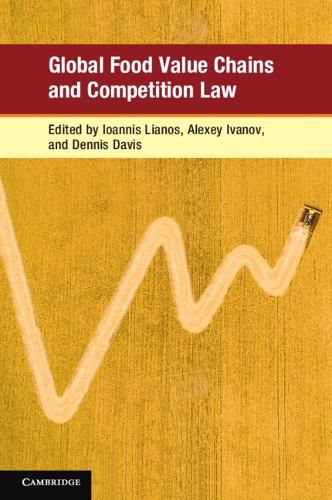Readings Newsletter
Become a Readings Member to make your shopping experience even easier.
Sign in or sign up for free!
You’re not far away from qualifying for FREE standard shipping within Australia
You’ve qualified for FREE standard shipping within Australia
The cart is loading…






The food industry is a notoriously complex economic sector that has not received the attention it deserves within legal scholarship. Production and distribution of food is complex because of its polycentric character (as it operates at the intersection of different public policies) and its dynamic evolution and transformation in the last few decades (from technological and governance perspectives). This volume introduces the global value chain approach as a useful way to analyse competition law and applies it to the operations of food chains and the challenges of their regulation. Together, the chapters not only provide a comprehensive mapping of a vast comparative field, but also shed light on the intricacies of the various policies and legal fields in operation. The book offers a conceptual and theoretical framework for competition authorities, companies and academics, and fills a massive gap in the competition policy literature dealing with global value chains and food.
$9.00 standard shipping within Australia
FREE standard shipping within Australia for orders over $100.00
Express & International shipping calculated at checkout
The food industry is a notoriously complex economic sector that has not received the attention it deserves within legal scholarship. Production and distribution of food is complex because of its polycentric character (as it operates at the intersection of different public policies) and its dynamic evolution and transformation in the last few decades (from technological and governance perspectives). This volume introduces the global value chain approach as a useful way to analyse competition law and applies it to the operations of food chains and the challenges of their regulation. Together, the chapters not only provide a comprehensive mapping of a vast comparative field, but also shed light on the intricacies of the various policies and legal fields in operation. The book offers a conceptual and theoretical framework for competition authorities, companies and academics, and fills a massive gap in the competition policy literature dealing with global value chains and food.